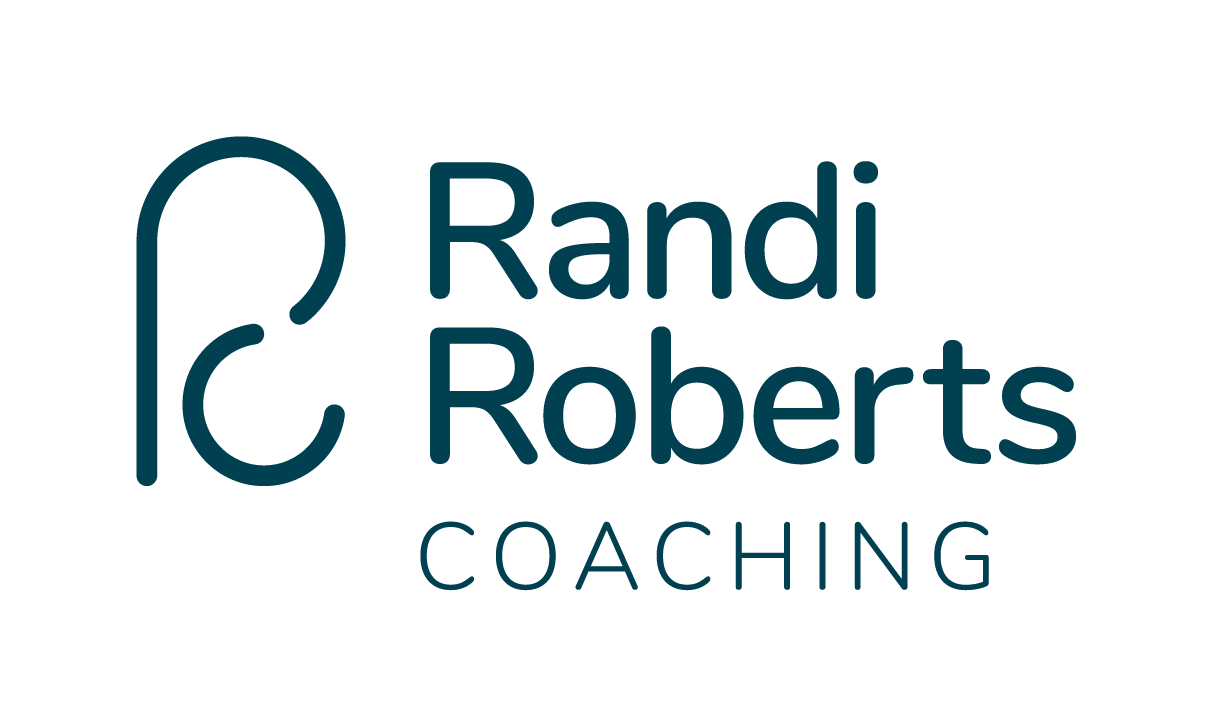The Art of Work-Life Integration: A Guide for Busy Executives
Picture it – the excitement of a new work project has you burning the midnight oil for three consecutive nights. Meanwhile, there’s one issue, you’ve forgotten a commitment to your child's school event, creating a guilt-ridden scramble to make it on time with only 15 minutes to get there.
Now why am I talking about this?
This scenario, though common among busy executives, underscores the need for a closer look at work-life integration. While motivation and career fulfillment contribute to a happy life, it's essential to prevent work from overshadowing personal commitments (and life in general).
That’s why in this blog, you’ll uncover the challenges faced by top-level executives, exploring the nuances of work-life integration. I'll offer insights into reinstating balance and boundaries, ensuring success on both professional and personal fronts.
What is Work-life Integration?
Work-life integration is more than a catchphrase; it’s a philosophy that resonates with busy executives like us. Unlike the traditional notion of “work-life balance”, it acknowledges that the lines between our personal and professional lives are often blurred. It's about harmonizing these aspects in a way that works for us, acknowledging that balance isn’t a daily achievement but a long-term pursuit.
You know how it goes, in the lives of busy executives, work-life integration manifests in juggling numerous responsibilities, from leading teams to nurturing personal relationships. The unique challenges we face at the C-suite level make this integration crucial. It's about aligning our professional and personal priorities without compromising one for the other.
Why is Balance important?
As you can see, achieving a balanced work-life integration is pivotal for executive leaders. It's not about perfect equilibrium every day, but a sustainable rhythm over time. Purposeful boundaries become our allies, preventing the scales from tipping too far in one direction.
This equilibrium enhances…
Job satisfaction
Boosting productivity without succumbing to the pressure of round-the-clock demands
Impacts our physical and mental well-being.
It creates a healthier work environment, growing success without sacrificing personal contentment.
So, how do you prioritize it?
It's different for everyone, but the truth is no one can do it for you; you have to choose it, and you have to go after it. Despite companies advocating work-life balance, the reality is, your plate is consistently full, and achieving balance is on you.
Think about it this way — sometimes, a good gauge is what would your kids say about you? I remember a time when I heard my daughter proudly telling her friends, “oh, my mommy's on airplanes all the time, and it's so cool when we get to go with her.” Her friends probably thought I was a flight attendant. Yet, it also highlighted the truth — my constant absence. This reflection made me reassess my balance. Your kids, with their honest observations, serve as mirrors to your work-life integration. Balancing is about choice, protection, and aligning with what truly matters.
The Blueprint to Maintain Work-Life Boundaries
Now, let's explore actionable steps for effective work-life boundaries:
Step 1: Prioritizing Tasks Effectively
Get crystal clear on mini-milestones to manage tasks efficiently and avoid overwhelm. This allows us to navigate priorities with precision.
Step 2: Setting Clear Boundaries and Expectations
Creating a better balance at home is not just a goal; it’s a necessity. Clearly defined boundaries ensure our personal lives don’t take a backseat.
Step 3: Embracing Technology Mindfully
Rather than letting technology control us, let’s use it as a tool to enhance integration, not hinder it.
Step 4: Practicing self-care and well-being strategies.
Make emotional check-ins a habit, invest in professional development, and prioritize self-care to ensure a healthy work-life equilibrium.
I think about it like you recharging your human batteries and knowing what does that for you. For me, it's about being with friends, about being near water, and my happy place is up in the mountains by a lake.
Step 5: Reaping the Rewards
Praise openly and often. Acknowledge and celebrate achievements, nurturing a positive and motivating work environment where everyone thrives.
And the truth is, it's very hard to have perfect balance all the time but you need balance over time so we've got to give it our best shot. In other words, work-life integration is not just a concept but a practical tool for executive success. While you reflect on the insights shared, I encourage you, executive, to implement these strategies into your life — one step at a time. To support you in your critical journey for balance to sustain performance and long-term happiness. I invite you to take the Career Satisfaction Assessment to see how you rate yourself on balance.
The journey to a fulfilling career and life begins with a mindful step towards work-life integration.


